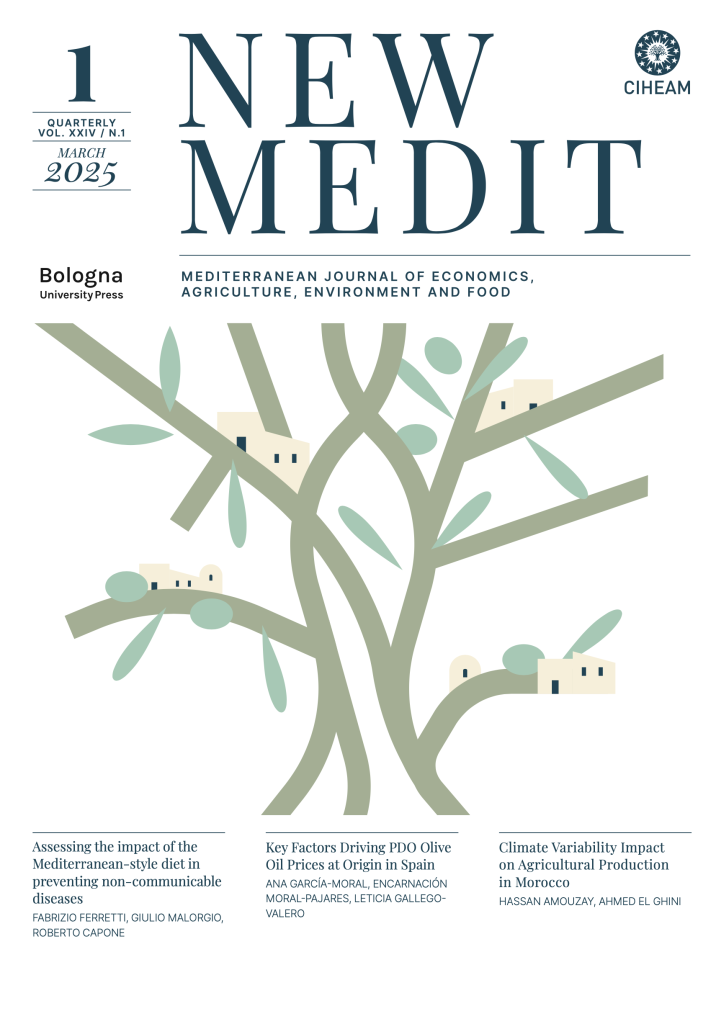Application du modèle de contrôl optimal de la charge animale sur les parcours du Sud Tunisien: Cas d’Eloura et des Dhahars Houcine
New Medit, vol 9, n.2, (June 2010), pp. 11-16
Language: FR
Jel classification: C610, R520, Q150
In southern Tunisia rangelands are characterized by excessive dryness and extreme inter-annual rainfall variability and therefore the natural forage resources are uncertain and unpredictable. These areas are submitted to different management practices but in general they are exploited collectively. Indeed, free access is allowed to the pastoral resources since there is no stock restriction and each and every breeder is entitled to exploit the rangelands and this leads to many management problem. The aim of this paper is to develop a management system based on control and planning of pastoral resources optimal allocation in dry conditions, through a dynamic approach and by applying the optimal control theory. Data have been retrieved from regional and local statistics, from field surveys carried out at regional level with farmers and breeders and from the technical and economic records of the Economics and Rural Societies laboratory of IRA. The results helped defining the optimal forage resource management and primarily the optimal stocking rate and the bio-economic balance of the available forage stock. Following the application of the optimal control model some proposals have been made in order to create a favourable economic environment to preserve the rangelands and to promote a sound pastoral resource management.
collective rangelands, overgrazing, optimal control, bio-economy, rangeland preservation











